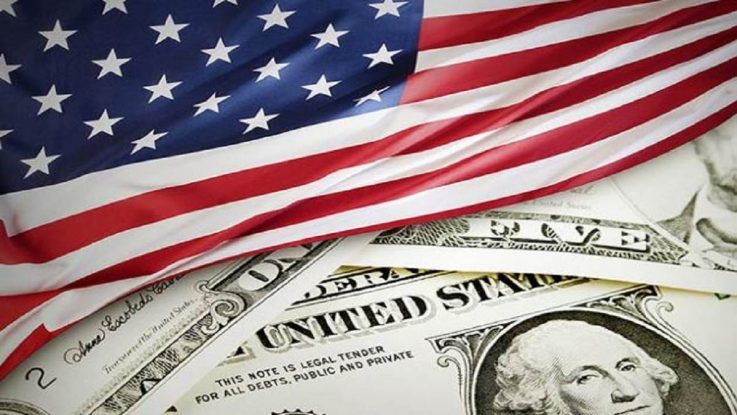
The third quarter of the year saw the U.S. economy grow by 2.6%, reversing earlier years’ losses.
Two poor quarters earlier this year were followed by the performance.
According to a study released on Thursday by the Bureau of Economic Analysis, the U.S. economy increased at a 2.6% annual rate in the third quarter, driven by exports and consumer spending.
The uptick comes after two-quarters of contraction, during which the GDP shrank by 1.9% and 0.6%, respectively. Because of this, some have claimed that the economy experienced a recession in the first half of the year.
The BEA reported that real GDP increased in the third quarter by 2.6 percent after declining by 0.6 percent in the second quarter. The improvement was mainly due to a smaller decline in private inventory investment, an acceleration in nonresidential fixed investment, and an increase in federal government spending, which were partially offset by a larger decline in residential fixed investment and a slowdown in consumer spending. Imports rejected.
Prior to the release of the report, estimates for the third quarter’s performance had been climbing. On Wednesday, the widely used GDPNow model from the Federal Reserve Bank of Atlanta was revised upward to 3.1%. Just about 3% had been predicted by other private sources.
“US Q3’22 GDP increases 2.6% (SAAR) reaffirming that there was no recession in 1H’22 & not in a recession now,” RSM US LLP Principal & Chief Economist Joseph Brusuelas tweeted. “Data below topline strongly implies, however, that the economy is moving at a much slower pace of expansion.”
RSM US LLP Principal & Chief Economist Joseph Brusuelas tweeted that the US Q3’22 GDP increased 2.6% (SAAR), reiterating that there was no recession in the first half of the year and there isn’t one right now. However, the data below the topline strongly suggest that the economy is expanding at a far slower rate.
When the Fed’s monetary policy committee meets the next week, the state of the economy and the level of inflation will be important considerations. The central bank is anticipated to increase interest rates by 75 basis points, but some believe it may wait a while to assess if its aggressive posture has decreased inflation.
The Fed highlighted some weakening in industries like housing, retail, and manufacturing but said the economy was still growing “modestly” as of early October. Even if it has lessened slightly from early this year, the labor market is still tight. Although consumer expenditure has been steady despite inflation now running at 8.2% yearly, consumer mood indicators have consistently been negative.
In some sections of the economy where inflation has been roaring, there are some indications that worries about a recession and a slowing economy are already having an impact. Gas and housing costs are included.
The annual growth in home prices decreased in August, increasing by 13% as opposed to 15.6% in July and nearly 20% in the spring. While this is going on, the national average for a gallon of gasoline has dropped nine cents in the last week to $3.79.
Anthemos Georgiades, CEO of online apartment rental provider Zumper, claims that rentals have undergone a “seismic shift.” The national median rent for a one-bedroom apartment dropped by 0.8% in the previous month to $1,491, while the median rent for a two-bedroom apartment dropped by 0.7% to $1,832. 19 cities reported no change, and more than half of the cities questioned by Zumper experienced losses.
Many of those significant advances from earlier this year are being lost, he claims. “We are in a recession, according to three-quarters of our tenants,”
Although a recession has not been officially declared, many analysts think one will eventually occur as long as the Fed keeps tightening its reins on inflation.
According to Jose Torres, senior economist at Interactive Brokers, “in terms of a recession, we are predicting the fourth quarter will be negative on declining consumption and weakening investment.”
The employment market is still acting as if it were the hottest in history, according to Guy Berger, the principal economist at LinkedIn. Furthermore, although the number of distant employment has decreased from pandemic levels—it peaked at roughly 20% earlier this year—there are still 14% of occupations that need remote work, up from 2% prior to the coronavirus outbreak in 2020.
The economy “is not behaving as if there is a recession right now,” he says, despite the fact that workers have lost some of their negotiating leverage.
Also on Thursday, the European Central Bank increased interest rates by 75 basis points in an effort to slow the continent’s increasing inflation.


Leave a Reply